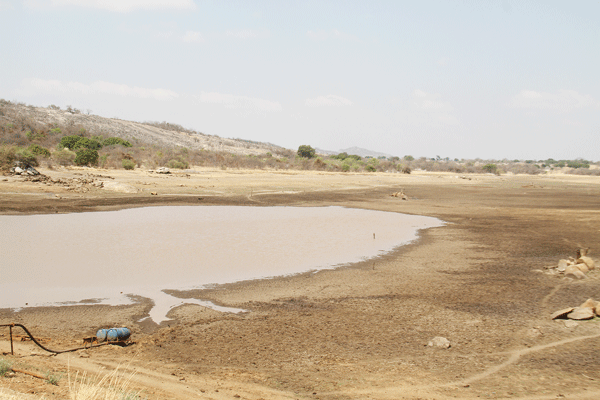
IT’S that time of the year when the rain appears a bother rather than a blessing due to, sometimes, its destructive tendencies.
GUEST OPINION: PETER MAKWANYA
Due to the consequences, some people wish the rains never came and each time there is a heavy downpour, they become overwhelmed by anxiety.
Instead of being a curse, rains are a blessing and investment in water-holding bodies should bring joy and satisfaction.
Water security is every nation’s desire, but the paths towards attainment of water storage capacities are littered with man-made impediments.
Human beings are at the forefront of water pollution and dam siltation and in this era of climate change, such activities have drastically reduced water levels in dams, which are the main sources of people’s livelihoods across the country.
Even if the country was to receive normal to above normal rainfall, as forecast by the Meteoroligical Services Department, this will count for nothing, as long as dams’ holding capacities are compromised.
- Chamisa under fire over US$120K donation
- Mavhunga puts DeMbare into Chibuku quarterfinals
- Pension funds bet on Cabora Bassa oilfields
- Councils defy govt fire tender directive
Keep Reading
Although there are natural agents of water siltation, it is the human hand that outweighs all other destabilising factors.
Zimbabwe has, of late, witnessed large-scale forest clearing and destruction, overgrazing, land degradation through farming, unsanctioned artisanal mining activities, streambank cultivation, unplanned and accelerated urbanisation and depositing of uncollected household garbage and sediments into vital water sources leading into dams.
These activities result in increasing dams’ base-levels, at the same time drastically reducing their water-holding capacities.
And when the rains come, the responsible authorities uncritically begin celebrating that dams are 100% full, without taking into account the effects of siltation.
Independence in 1980 saw an increase in land use such as farming and mining activities.
The Natural Resources Board of that time had laid strict and conservatory environmental regulations aimed at making people fully conscious of conservation laws and nature principles.
The colonial Water Act has never been viewed as a good instrument, but its aim was for people, companies and organisations to be cognisant of the environmental protection norms, so that they would learn through sustainable participatory approaches.
But the lust for land, self-governance and the new-found freedom, somehow clouded people’s sense of environmental stewardship, a situation that prevails to this day.
All of a sudden, people engaged in large-scale stream bank cultivation, unregulated artisanal mining activities in rivers and surrounding areas, while companies deposited industrial chemicals and sediments into vital water sources, threatening people’s health and lives.
For these reasons, water sources’ level of holding capacities have been drastically reduced, while the quality of water has been compromised.
The country has taken so many strides in constructing dams since independence, but ignorance and disregard of conservation principles, lack of implementation and the absence of strong policing of environmental laws has led to rivers, streams and tributaries, depositing soil and other materials in large quantities into the dams, reducing their carrying capacities.
As a result, we might celebrate the heavy rains, but before the year is out, there will be reports that the country is facing water shortages.
With climate change taking its toll, particularly in ill-prepared Sub-Saharan Africa, dams’ holding capacities have been significantly reduced and this has led to food insecurity and drought.
Once dams are heavily silted and their carrying capacities have been drastically reduced, it will be difficult to resuscitate them and this has long-term effects for the communities they serve.












